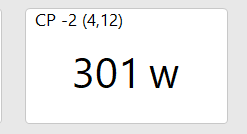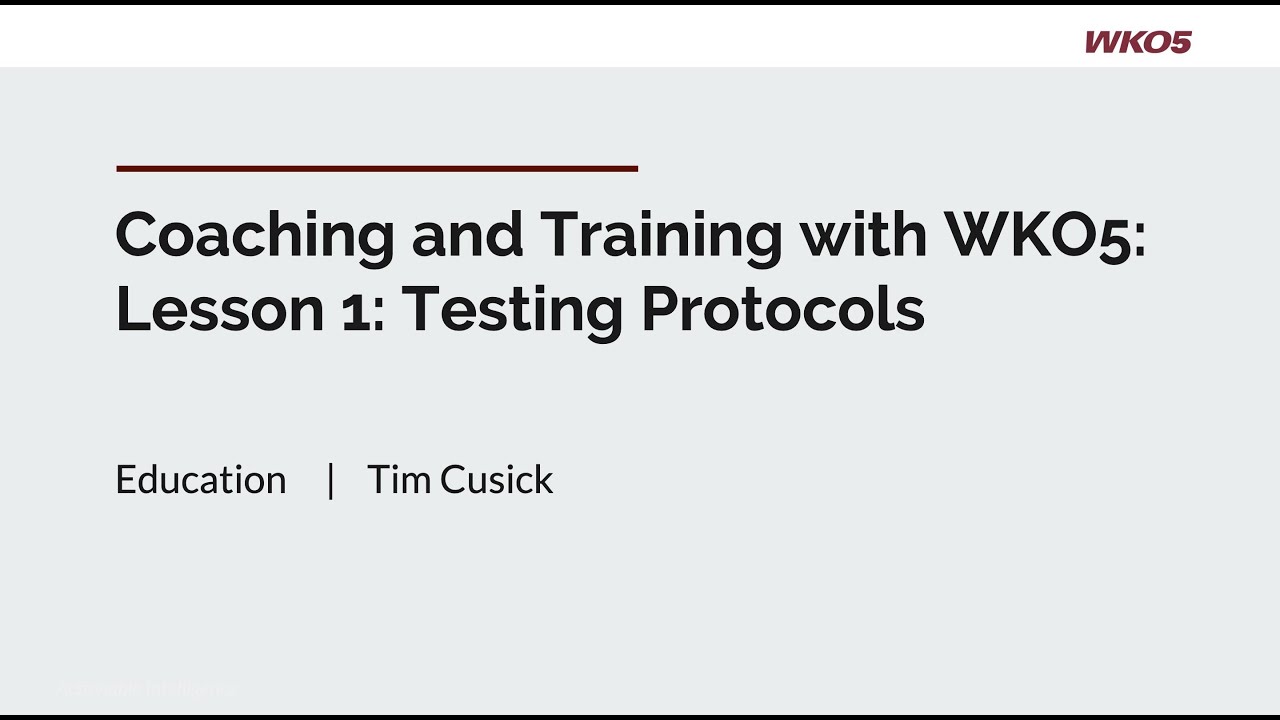I’m going to start doing some tests with eCP, at the moment I’m thinking about 1, 5 and 12 minutes tests, which test do you use? The other question is how do you calculate the hr threshold in the critical power model?
I follow Tim Cusick’s plan for testing, initially in the recovery weeks during base and then every 8 weeks thereafter.
You can watch his webinar here:
That’s for the power profile, I wanted opinions and experiences with the critical power and the most suitable tests.
Thank you
At the bottom of this article by High North Performance there is a testing protocol, testing tips and a CP calculator, all which may be of use:
My question is, which heartrate is used as critical power threshold, in ftp we use 98% of the 20 minutes test.
Here is a model…not read the paper though:
I don’t think anybody has really done that, for the simple reason that, in theory, any intensity above CP will take you to VO2max and therefore to (practically) HR max. So there is no “XX percentage of 20% HR = CP HR”.
BTW, I think that 98% of 20 min HR doesn’t work for FTP/MLSS HR anyway, any intensity close enough to the threshold will have a constantly increasing HR throughout the exercise bout, if the duration is long enough.
I think it may be an interesting exercise for self-experiments, though. Calculate your CP first, and then see what happens to your HR during prolonged exercise at that power output, where it is after 5 min, 10 min, 20 min, exhaustion…
PC and FTP are not really the same, but it is true that they are very close, at least in the tests I have with athletes it is very similar.


Thanks
Out of interest, what would you do with it (in training, or analysis) if you also have a powermeter for training?
There are many factors affecting HR each day, including cadence, position, time of day, environment (indoors vs outdoors, temperature / humidity), not to mention the lag, so pinpointing a single HR for high intensity training prescription seems difficult? (Very open to other views here).
It’s hard enough (but do see value) for low intensity, with consideration of context.
Can also see value in knowing your ‘usual’ HR response to certain intervals (to help spot fatigue, along with RPE), but actually that’s different to pinpointing a certain critical or threshold HR. If your HR is usually 175 in 5 minute threshold intervals (and you trust that threshold power is accurate), does it matter if a model says it’s actually 170 or 180? What’s more important is if in one day it’s only 160 or 190 and you realize you need a break
If I work below the ftp/pc and the heartrate at 100% of that intensity is 170 bpm, the athlete has to adjust the intensity of the series not to exceed 170 bpm, in that case we would be working another metabolic pathway and another intensity domain, in the event that with the passage of the series there is cardiac drift, the athlete will lower the intensity a little.
Thanks
I think that works below threshold as research suggests your HR stabilizes at those intensities (ignoring longer term drift from dehydration etc), though wonder whether HR is the same day to day and in all conditions, so perhaps some tolerance with RPE considerations is worthwhile?
Above threshold it wouldnt work due to the VO2 slow component. I also wonder whether it works at threshold. As @FredSPast suggests, an all out 30 to 60 minute effort may give a threshold power but quite likely will also have the same VO2 slow component drift towards HR max, making it hard to pinpoint a HR threshold? Or perhaps such HR dynamics suggest you’re actually riding above ‘threshold’ in that case?
We have to rely on the data we have, there is a slow VO2 component, there is a cardiac drift due to different causes, but not having a portable laboratory we have no choice but to work with what we have measured in field tests, the thresholds are not fixed and change, probably day by day but it would be impossible to measure this on a daily basis at amateur level. If we do lactate and we get a LT1 of 130 bpm and a LT2 of 170 bpm I think the best idea is to work with respect to these values with a safety margin, then with the passage of time and data analysis we will see if there is a possibility that there has been a metabolic improvement and repeat the test.
Agree.
Are you (or anyone) aware of any research done to compare lactate indoors (lab) vs outdoors? Wondering if there is any rule of thumb… most would say threshold power is lower indoors, but less clear when it comes to HR
There are some real-time ventilation tracking devices, and recall some startups looking at real time, non-invasive lactate, which would be very interesting to compare to HR and power over time once available. For now you are right, makes sense to make do with approximations based on what we have
Soon we are going to do indoor and outdoor lactate tests and we will see what changes there are, we will take into account several variables like temperature and humidity among other things, I will be happy to share the results in the forum.
Depends on how you’re using CP.
I have a paper (I can’t remember the author) that used several different combinations of 1, 3, 4, 5 minute, etc. time trials to estimate CP.
The best combination according to that analysis was 1, 4, and 10 minute time trails to determine CP.
I plan on doing the same. I need to find some test subjects in my area first though. Its boring only testing myself.
I’d love to see that paper, and especially to learn about what they considered as “true” CP to compare against. Could you please send a reference?
I can’t find the original paper I was referring to, but here’s another that compares CP determination from different models and number of time trials used to determine CP. They use CP calculated from 5 time trials as the standard. Using only 1 or 2 time trials to estimate CP/W’ is not great. However, someone like Dr. Skiba recommends 3 minute and 20 minute time trials to determine CP and W’ in his latest book.
Remember, there’s no “true” CP. It’s just CP. CP should technically be determined by exhaustive time trials at every second along the power-duration curve out to CP. That’s not practical. So 2 time trials will give ok values of CP and W’. Three time trials would be better (say, from 1 minute up to 20 minutes) and then do a time trial at your determined CP. You should only last about 30(+/-) minutes at CP.


